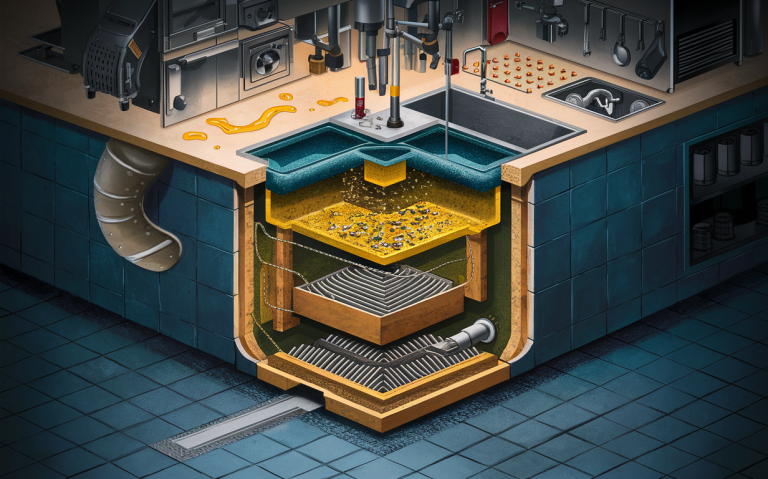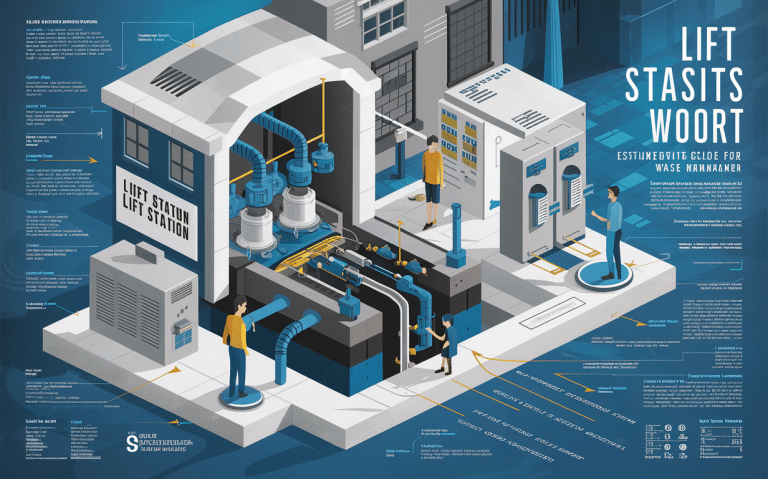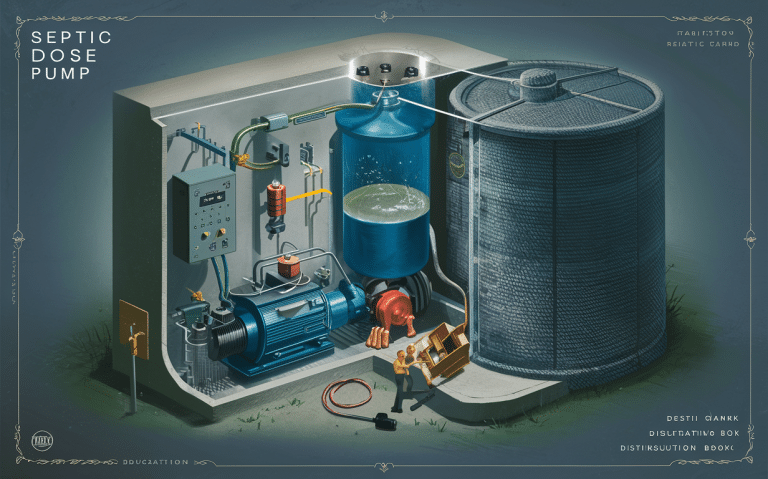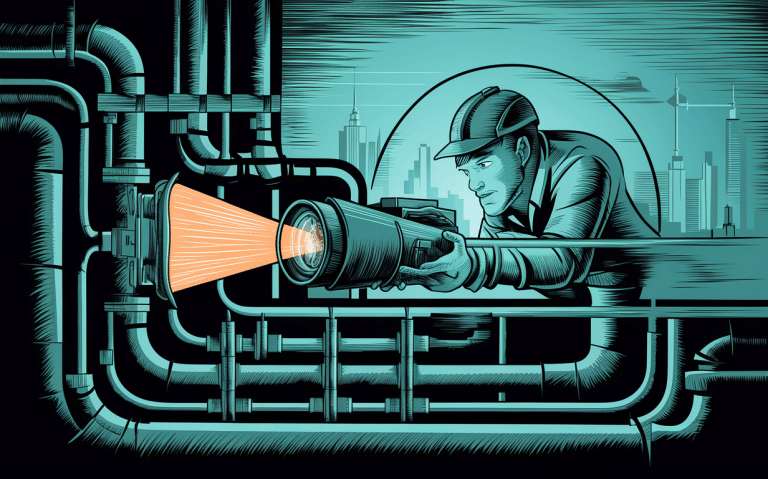Catch Basin Clearing: A Comprehensive Guide to Maintenance
Catch basins are a vital part of stormwater management systems, collecting runoff from streets and preventing flooding. However, these underground structures can become clogged with debris, leaves, and sediment over time, reducing their effectiveness.
Regular catch basin clearing is crucial to keep stormwater flowing smoothly and avoid backups that can damage property or pollute local waterways.
This comprehensive guide provides practical tips and best practices for catch basin clearing, based on real-world experiences and data-driven insights. By establishing a proactive clearing schedule and understanding the benefits, communities can ensure their stormwater infrastructure operates at peak performance, protecting public safety and the environment.
Establishing a Regular Catch Basin Clearing Schedule
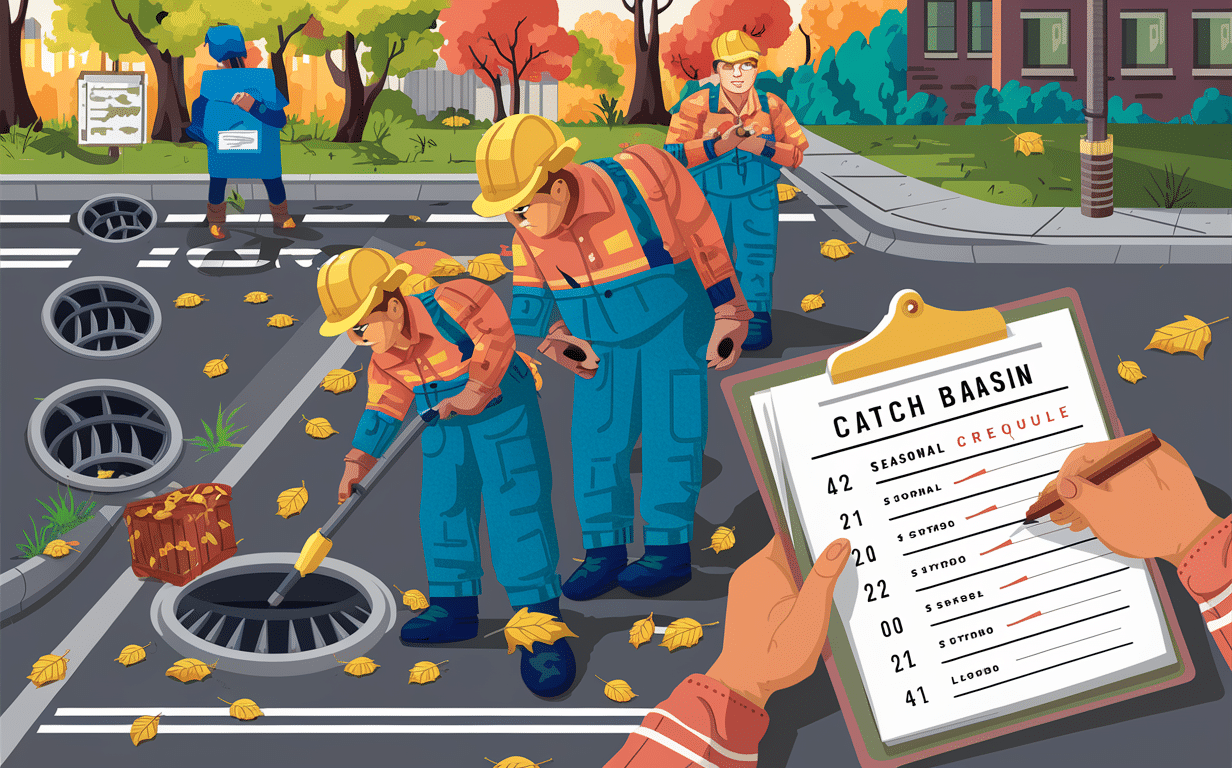
Determining the Frequency of Clearing
The frequency of catch basin clearing depends on several factors, such as the location, climate, and surrounding vegetation. Proper maintenance prevents clogging and flooding. Dense trees and heavy rain can clog drains quickly, so those areas may need checking twice a year.
On the other hand, arid zones with few plants may only need annual cleanings. It is important to consider location specifics and inspect problem spots more often. A smart schedule protects neighborhoods from storm drain backups.
Accounting for Seasonal Changes and Historical Data
Seasonal changes can also impact the frequency of catch basin clearing. During fall, leaves and debris may accumulate more rapidly, necessitating more frequent catch basin clearing. Utilizing data from previous maintenance records can help optimize the schedule by identifying patterns and adjusting accordingly.
The city works to keep the basins clear. They look at past cleaning records to see when is best. Some times of year need more cleanings than others. In fall, leaves fall off trees and can fill basins quickly. So crews may need to empty them more often then.
By checking old schedules, crews can make a better new one. They find times that were busy and may need more cleanings again. Or times that did not need as many cleanings. This helps keep streets draining rainwater like they should all year.
Implementing a Tracking System
The township requires regular maintenance of all catch basins to keep stormwater flowing freely. Each basin must be inspected at least twice a year to check for cracks or damage. If issues are noticed, crews address problems right away.
Other basins showing signs of needing cleaning get added to the schedule. By carefully tracking the condition of every single catch basin, workers know exactly which areas need attention next.
This prevents basins from failing before their next scheduled cleaning. It also helps the crews spend their time on basins that really need work the most. As a result, the risk of flooding goes down while resources are used in the most effective way.
Proper Techniques and Tools for Efficient Catch Basin Clearing
Specialized Equipment
Investing in specialized equipment is crucial for efficient catch basin clearing. Vacuum trucks, high-pressure water jets, and grapple hooks are essential tools for removing debris and ensuring thorough cleaning. These tools not only improve efficiency but also enhance worker safety.
The equipment helps the workers do their job faster and safer. A vacuum truck sucks out the garbage from the bottom of the basin. High-pressure water jets spray strong streams of water to break up clumps of debris and mud.
Grapple hooks grasp bigger pieces of trash to pull them out. Without these tools, the workers would have to use their hands to shovel and scrape out all the junk. That would take much longer and risk hurting their backs or getting cut.
The specialized machines let the workers empty the catch basins in less time without getting as tired or dirty. The cleaned basins can then drain rainwater better to prevent flooding. Everyone appreciates the workers keeping storm drains clear with their powerful cleaning equipment.
Training and Best Practices
Proper training is vital for maintenance staff to ensure safe and effective catch basin cleaning. This includes understanding the correct techniques for operating equipment, handling hazardous materials, and following safety protocols.
Catch basin clearing helps keep storm drains clear and working properly. Utilizing camera inspections to identify hidden issues before clearing out debris can help maintenance staff address any problems. Implementing best practices enhances the effectiveness of clearing efforts.
Staff need to know the proper cleaning methods and safety rules to do their job without harm. Following guidelines makes their work more successful and protects their well-being.
Eco-Friendly Practices
Adopting eco-friendly practices is essential in catch basin maintenance. Using biodegradable cleaning agents and properly disposing of collected debris and contaminants can minimize the environmental impact of clearing operations. Proper maintenance helps protect the environment.
The importance of clear catch basins helps the drainage system work well. Public awareness about not littering can help a lot. When people put trash in storm drains, it can clog the basins. Then water cannot drain away like it should after rains.
This puts too much pressure on the drains. It is better when everyone helps keep the catch basins clean so water flows out easily. Telling others not to litter helps the whole system not get overloaded. Together we can keep the drains working properly to prevent flooding issues.
Preventive Measures to Minimize Catch Basin Clogging
Catch Basin Inserts and Grates
Installing catch basin inserts or grates can be an effective preventive measure against clogging. These devices act as filters to stop large debris and materials from getting in the basin.
The basin helps with drainage but needs regular cleaning. Debris like leaves and trash can fill it up fast. An insert or grate catches the big stuff before it goes in. It sits right at the bottom of the drain opening. Twigs and acorns bounce off instead of falling down.
This means the workers don’t have to empty it as much. With a screen, all the gunk piles on top where they can scoop it out easy. That saves time and money from repeated cleanings throughout the year.
Street Sweeping Programs
Catch basins play an important role in managing stormwater runoff. When debris builds up in these basins, it can clog the drains and cause flooding. To help prevent clogs, the city started a new street sweeping program.
Sweepers clean the streets once a month, getting rid of leaves and trash. This cleaning helps keep catch basins working properly. If leaves and garbage weren’t removed from the roads, then more would wash into the basins during rains. Over time, all the extra debris could fill them up. When full, water has no way to drain away after storms.
Neighborhoods might flood more often. But with regular sweeping to take things away, the basins stay clear so water can always drain out like it should after it rains. The program means less work for maintenance crews too. They do not need to clean blockages from clogged drains as much.
Public Education and Green Infrastructure
Educating the public about proper waste disposal and the importance of keeping catch basins clear is crucial. The city implemented an educational campaign to teach residents how to properly dispose of trash and debris.
Proper waste disposal and clear catch basins help reduce runoff. Using permeable pavement and green infrastructure provides natural ways to reduce stormwater runoff. Rain gardens and bioswales capture and filter rainwater where it falls. This decreases the amount of runoff into catch basins.
When catch basins receive less runoff, they need clearing less often. Frequent clearing of catch basins puts less strain on city resources. Encouraging green infrastructure and permeable pavement minimizes runoff and clearing of catch basins.
By following these comprehensive guidelines, municipalities and property owners can effectively establish a regular catch basin clearing schedule, employ proper techniques and tools, and implement preventive measures to minimize clogging.
A well-functioning catch basin system helps keep neighborhoods safe from flooding. It also keeps pollution out of local rivers and streams. Municipalities must regularly clean leaves and debris from catch basins so stormwater can properly drain.
Property owners should also do their part by regularly checking nearby catch basins. Together, their efforts will help maintain a catch basin system that protects communities and the environment.
Maintaining a Pristine Stormwater System: The Key to a Thriving Community
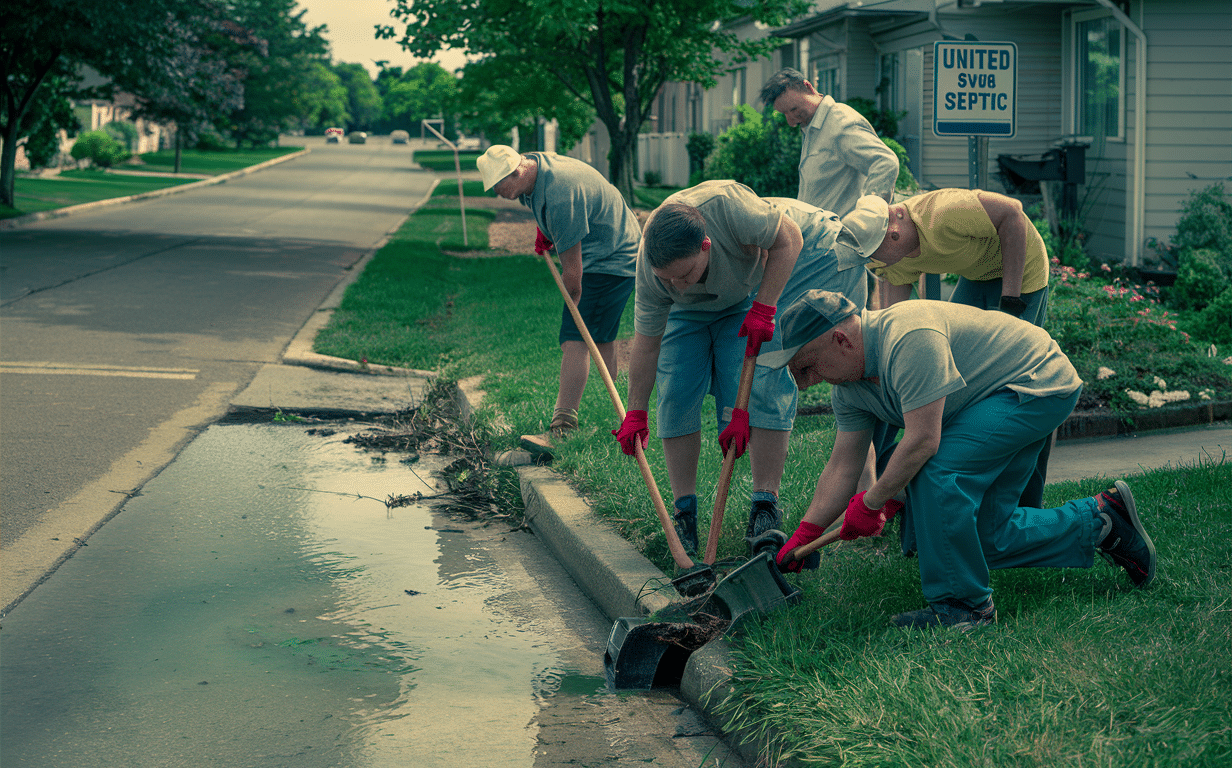
As a resident of Orange County, Rockland County, or Sullivan County in New York, you understand the importance of safeguarding our local environment. The community helps keep water clean by cleaning places where water collects.
Creeks and streams should not flood yards and roads. Bugs and fish live in clean water. When neighbors work together to keep drains empty, everyone enjoys living here more. United Sewer & Septic can help with sewer and drain work.
Tell us what you need or give us a call. We want to keep your neighborhoods nice for all.

